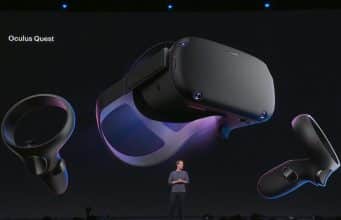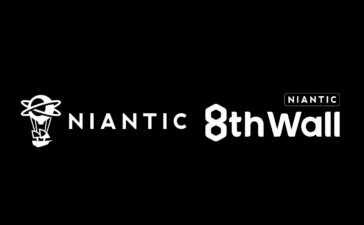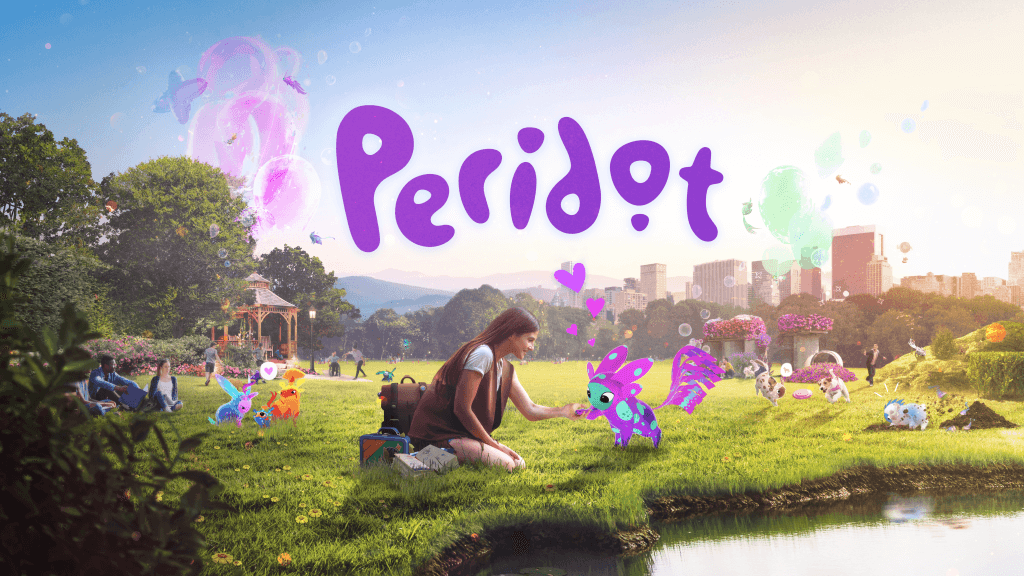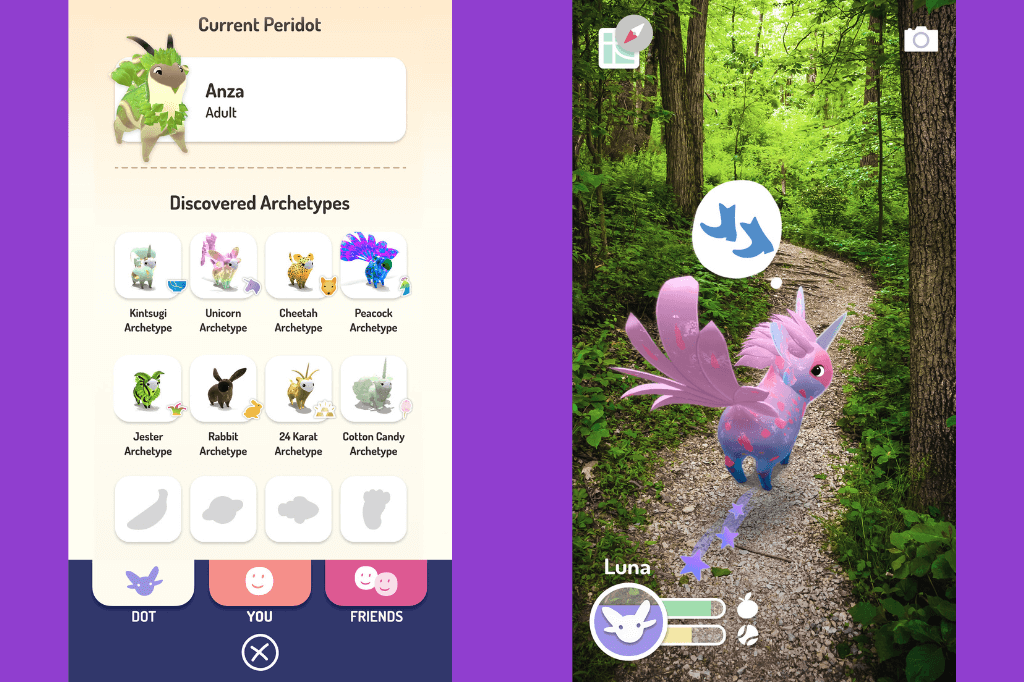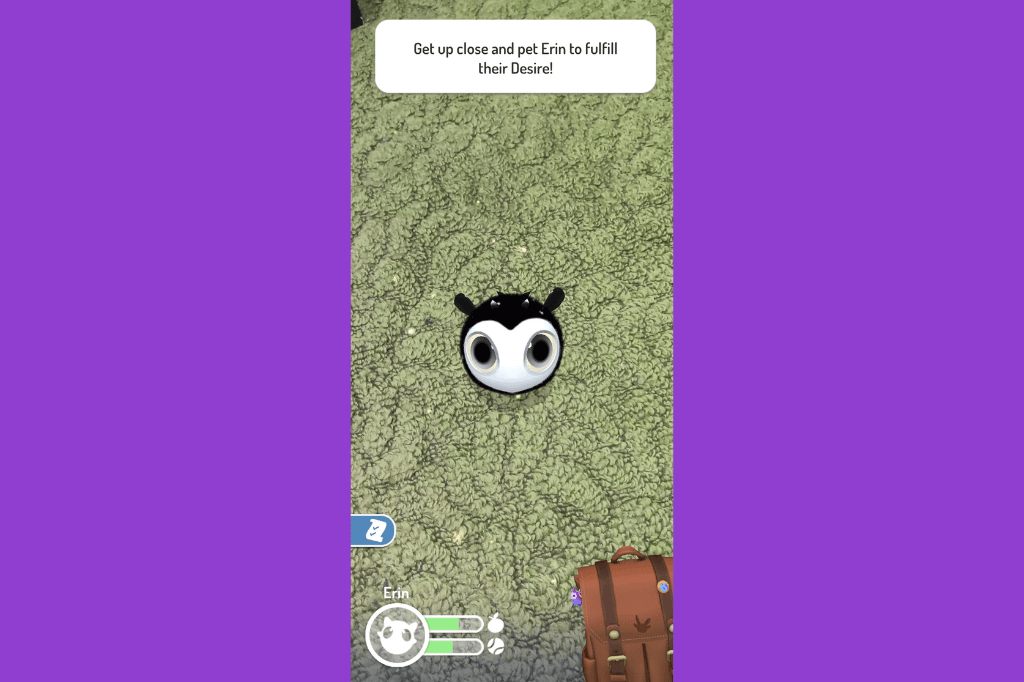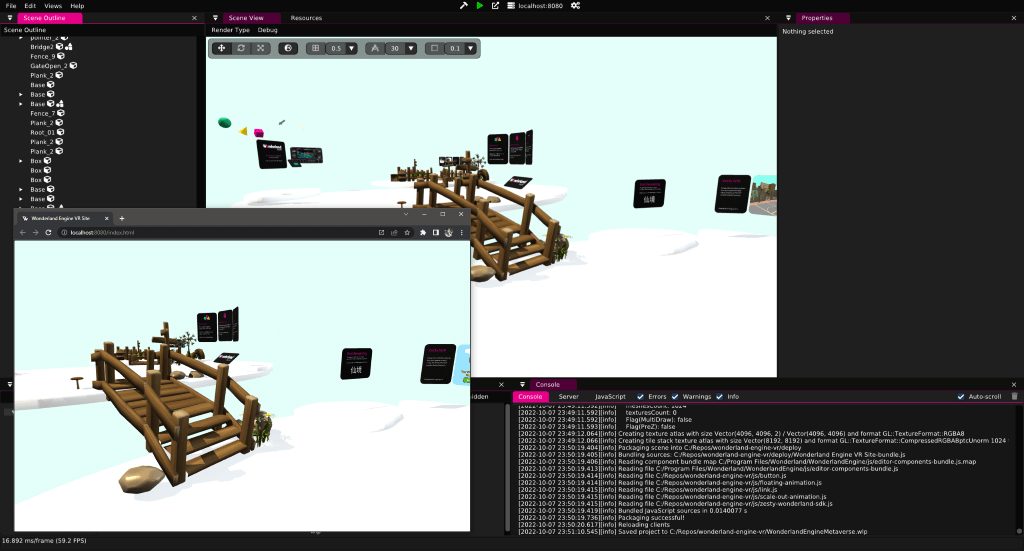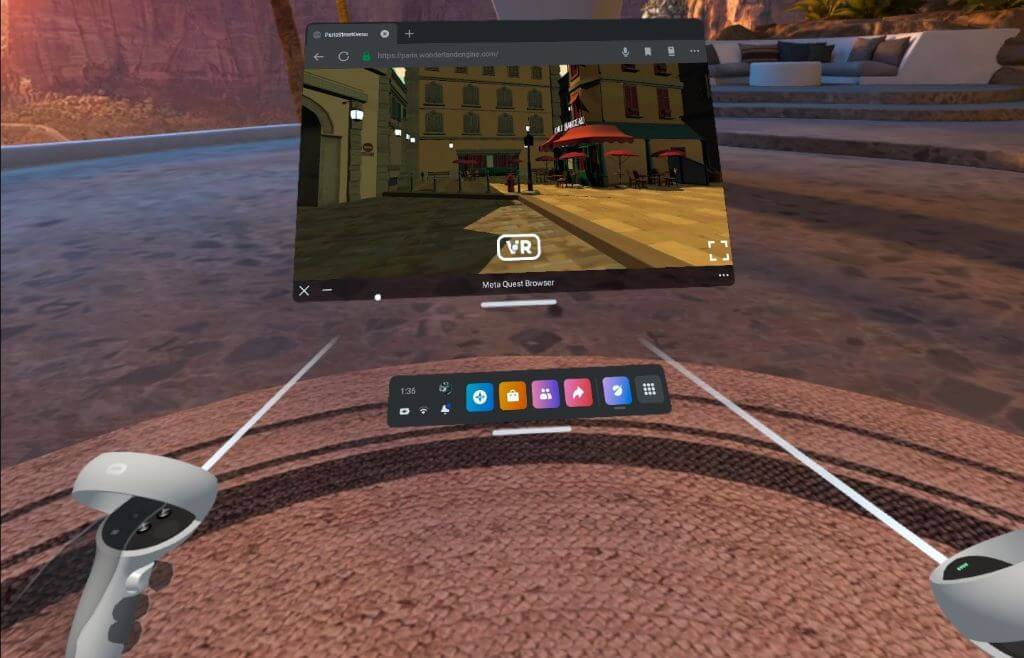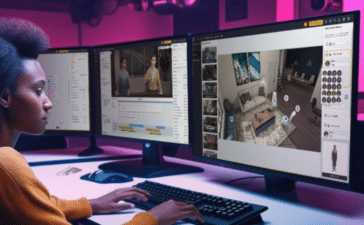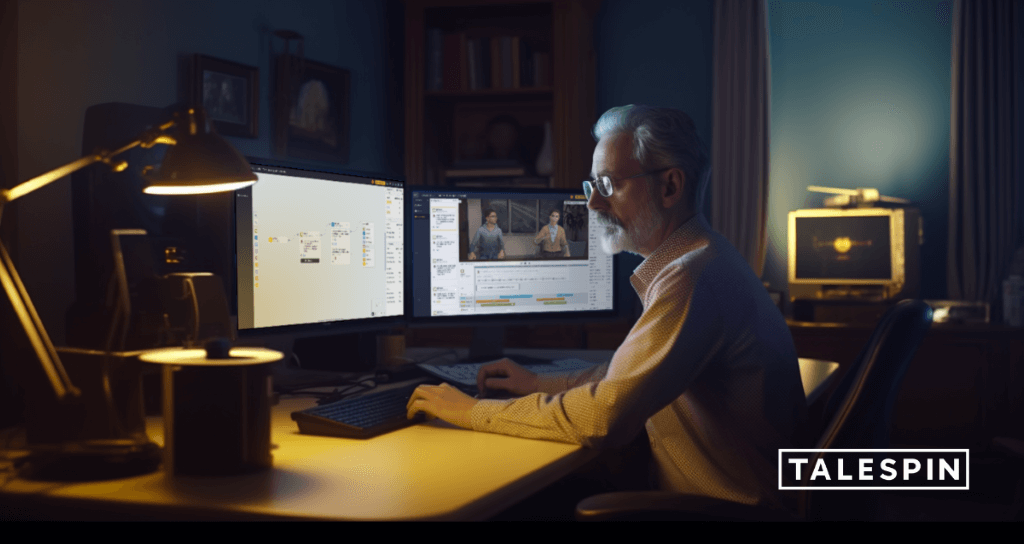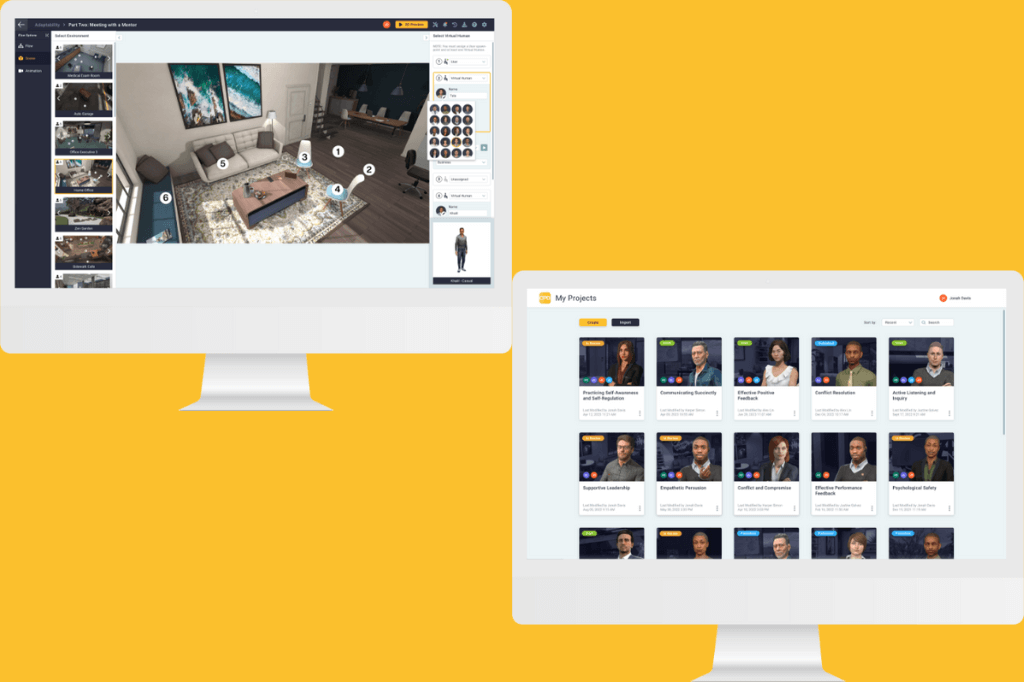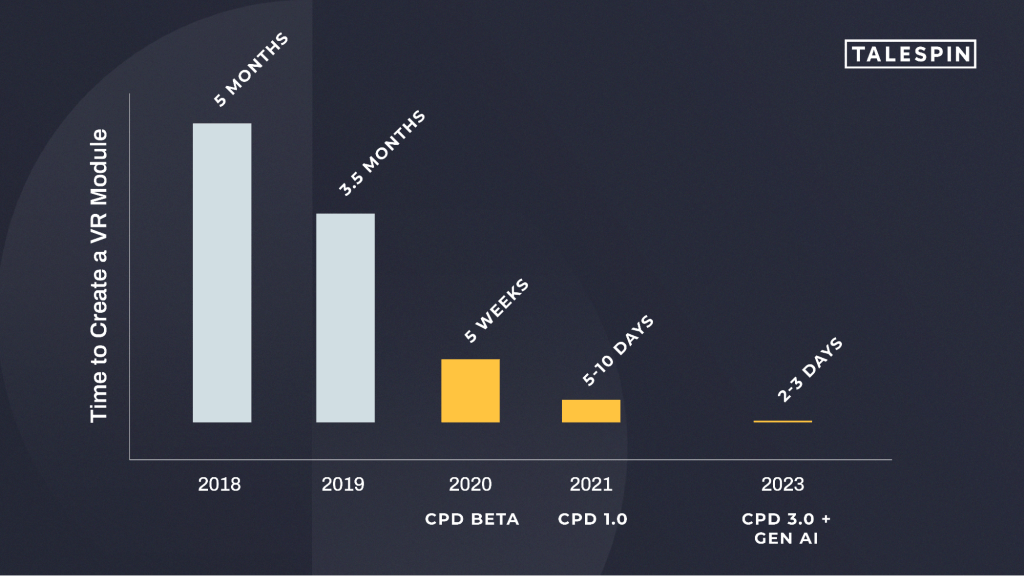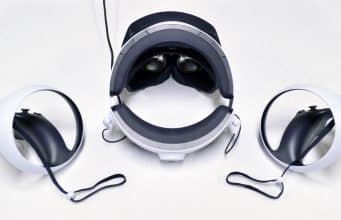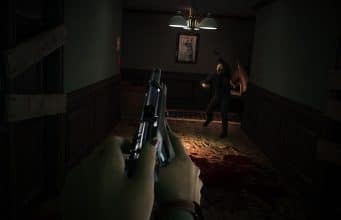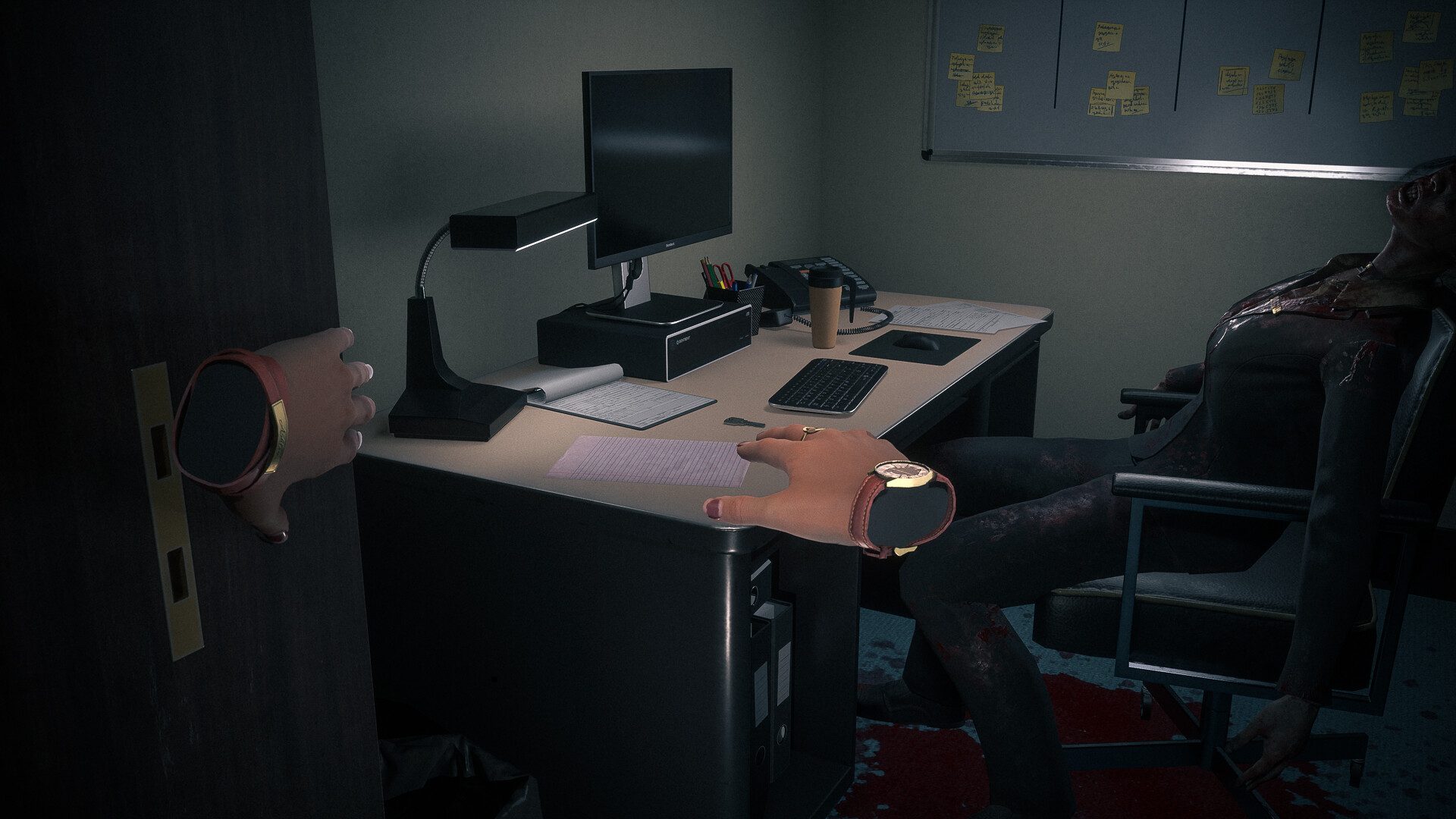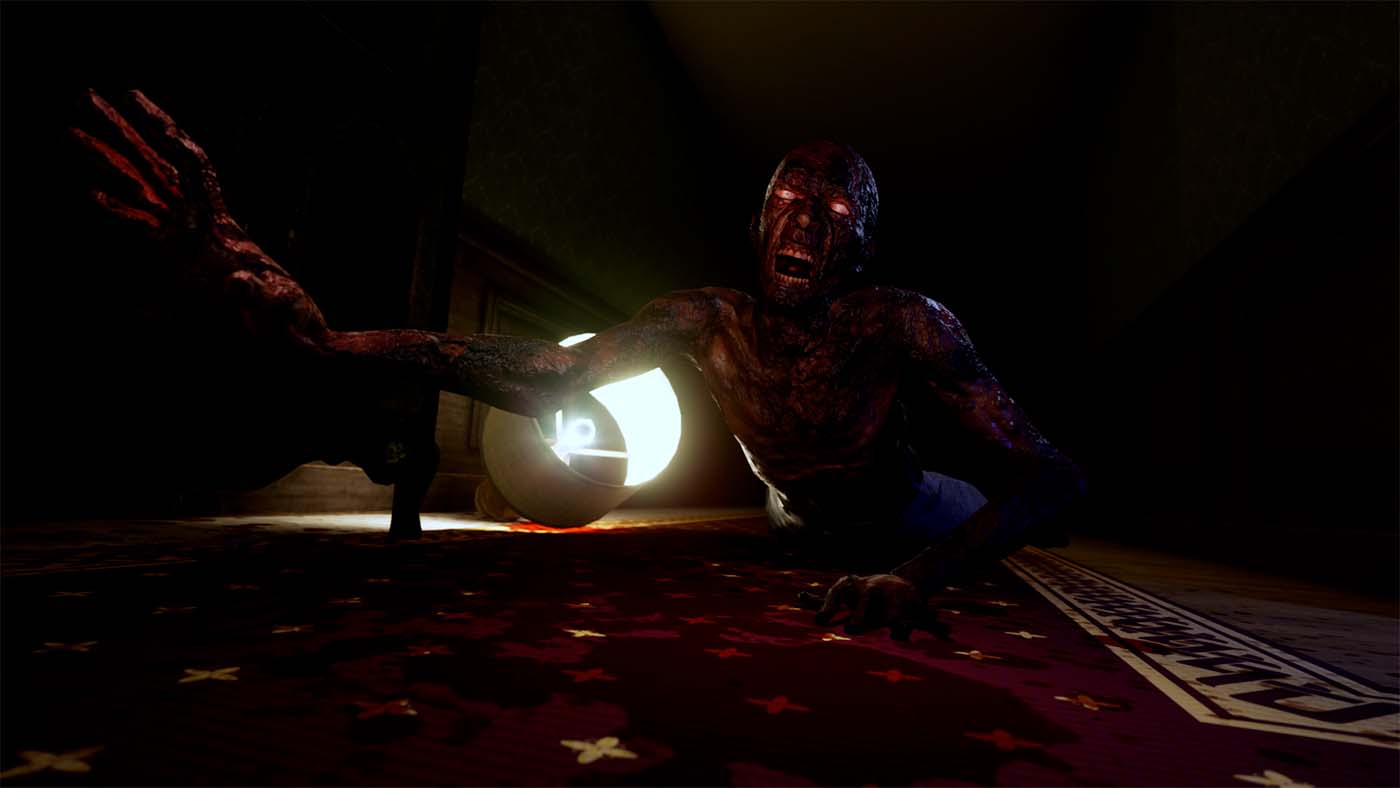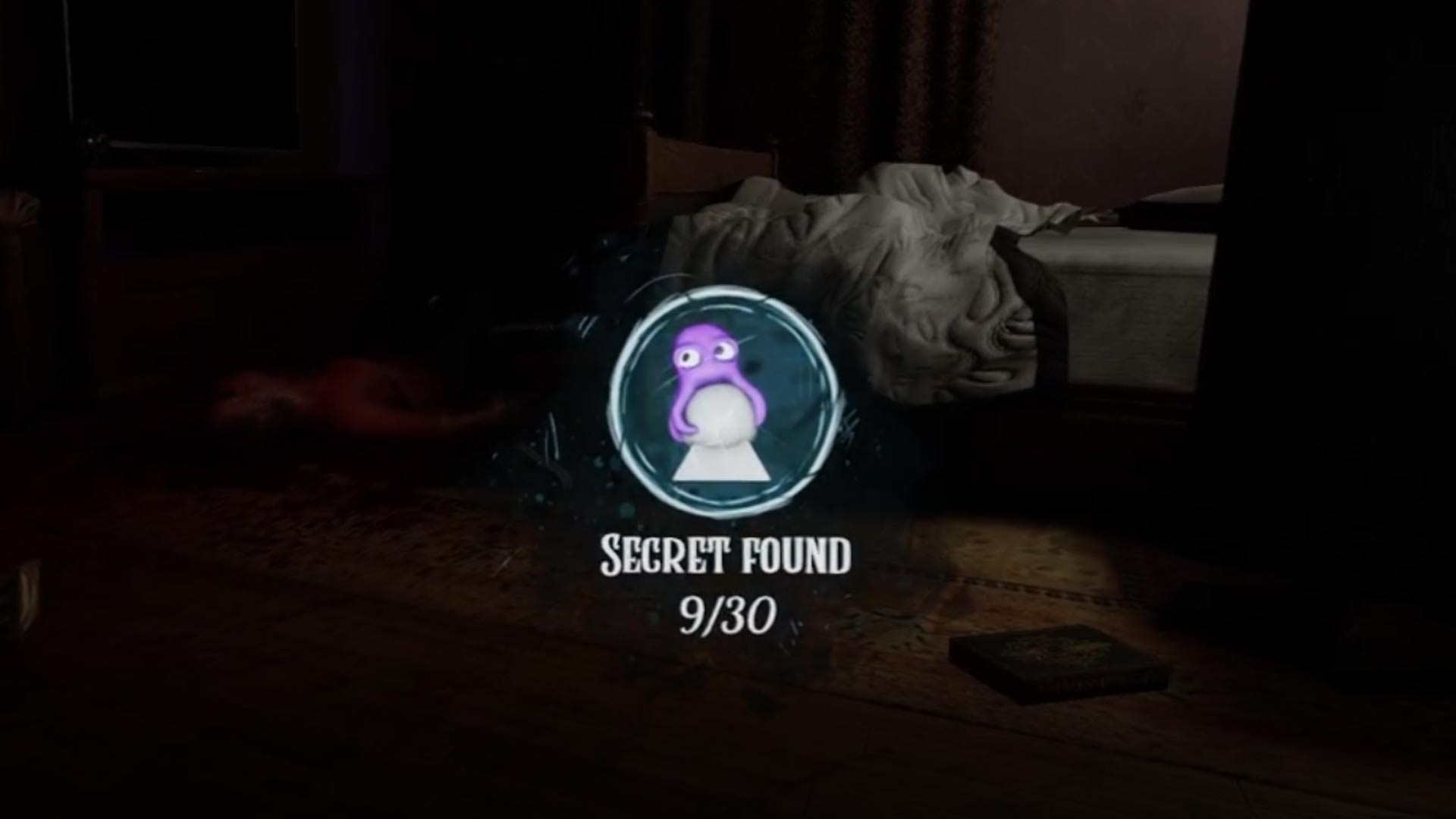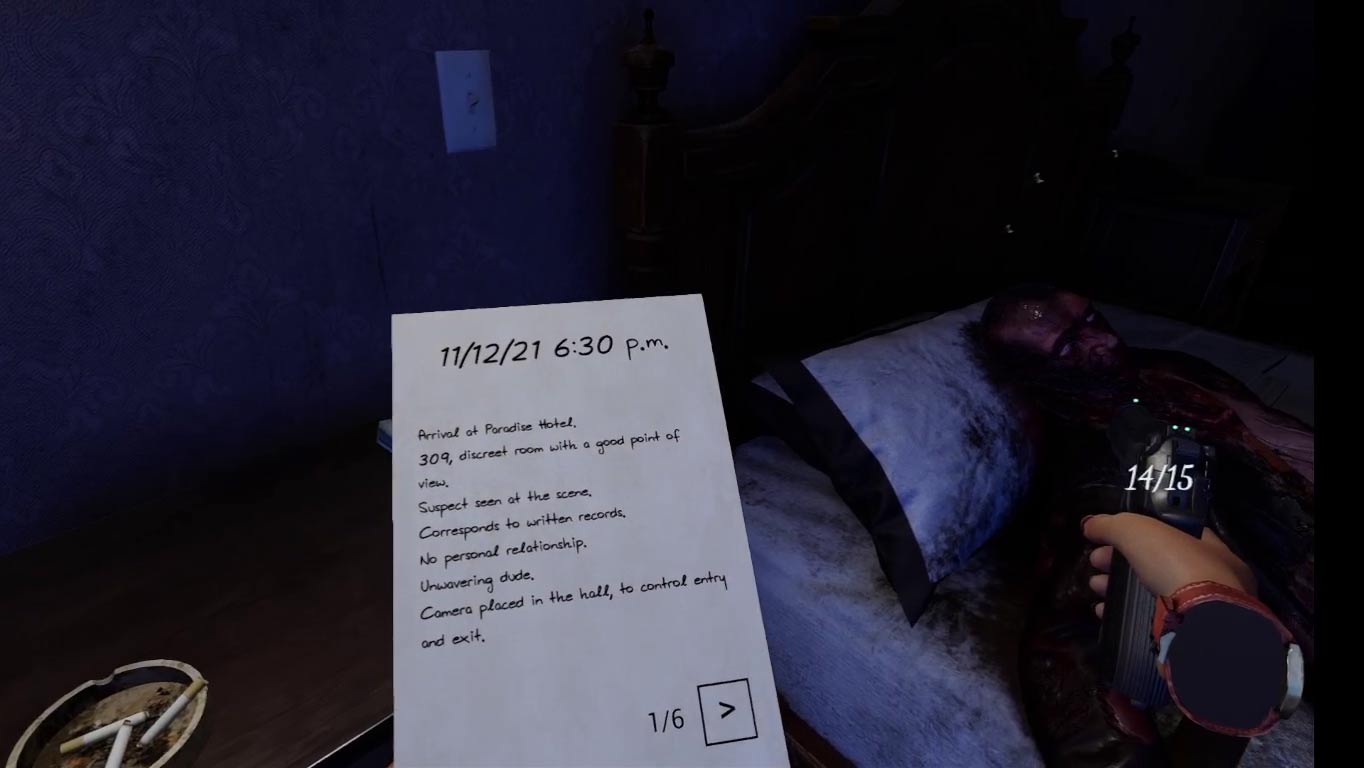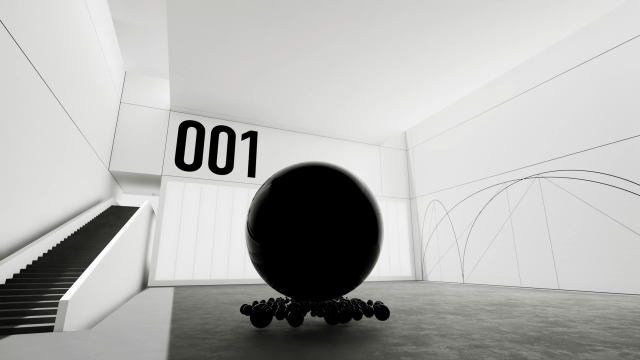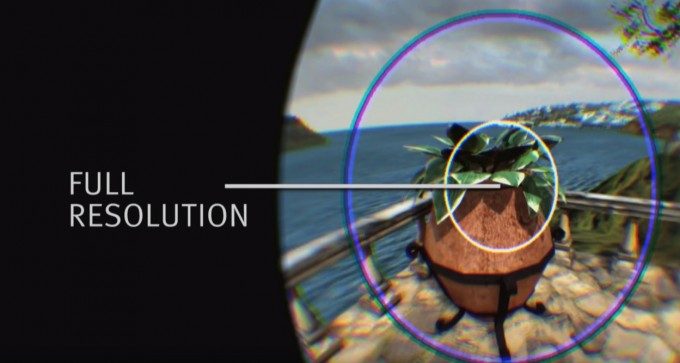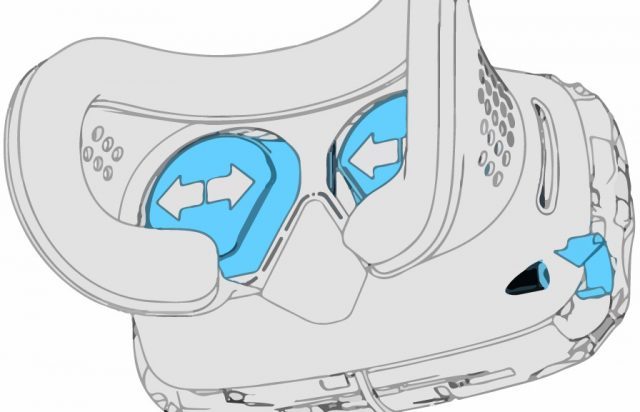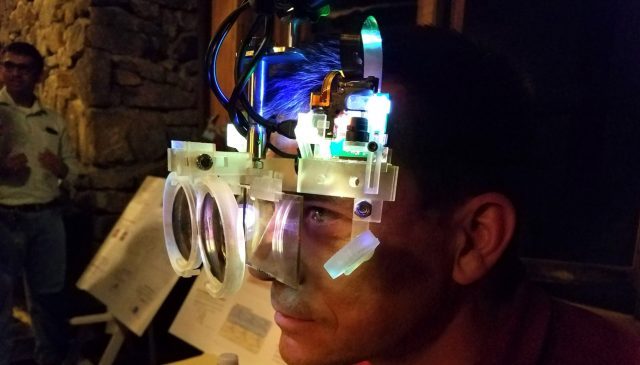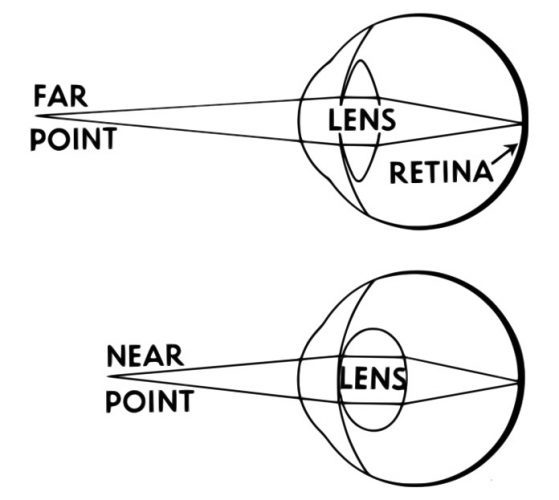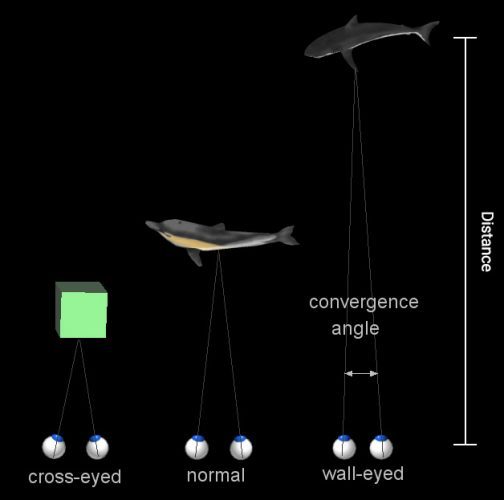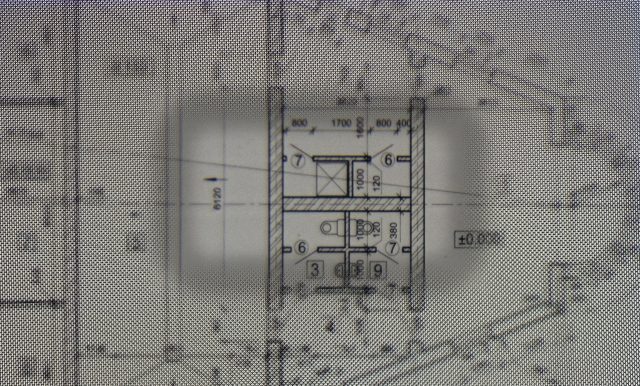‘Another Fisherman’s Tale’ Review – A Captivating Sequel with More of Everything
We’re back for another dose of mind-bending puzzles à la Bob the Fisherman. The sequel offers up a longer, more emotionally complex story while packing in a ton of new puzzle mechanics that makes Another Fisherman’s Tale feel leagues ahead of the original in almost every sense.
Another Fisherman’s Tale Details:
Available On: SteamVR, Quest 2, PSVR 2
Release Date: May 11th, 2023
Price: $30
Developer: Innerspace VR
Publisher: Vertigo Games
Reviewed On: Quest 2
Gameplay
Bob’s tall tales are taller than ever this time around, as the adventure swells to scale up to new emotional depths which reveal more about the real Bob and his family. I won’t spoil the story behind Another Fisherman’s Tale, because it’s really something you should unfold yourself. It talks about love, loss, responsibility, freedom—it’s way heavier than the first, and often strays outside of original’s safe storybook narration. Where you might have ignored some of the angsty Dad drama of the original Fisherman’s Tale, and just got on with the game’s smorgasbord of mind-bending puzzles, this time around the narrative takes more of a center stage, all while presenting new and innovative mechanics to keep you guessing.
The most prominent mechanic on display is the new ability to detach, replace and control your hands—like physically pop off your hands, trade them for more useful ones, and shoot them out to solve a variety of puzzles that only a little crawling (or swimming) remote controlled hand-beast might. Although you really only have two other hand styles regularly at your disposal besides your wooden digits, a hook for climbing and a claw for snipping, the puzzle variations are impressively wide.

While there are a ton of one-off puzzles to compliment, a constant throughout the game is the need remotely control your hands, which is done by twisting your motion controller in the correct relative direction and pressing the trigger to move them forward. You’ll be pulling levers, crawling your digits through circuitous routes, and grabbing key items before snapping them back to your arms where they belong. This took some getting used to, as oftentimes you’ll need to control your hands from afar while actually moving your body to different locations to get a better viewpoint, which can be confusing at times since your body’s relative position changes and your hands sort of wig out.
And with separable hands, you might as well be able to pop your head off too. Simply press two buttons (‘B’ and ‘Y’ on Quest) and you’ll launch your head forward to reach far flung areas for a better point of view. It’s basically plays out like a dash teleportation that follows a predictable arch as opposed to physically picking up your head and tossing it around, which wouldn’t be terribly comfortable. More on comfort below though.

While I wouldn’t call any of the puzzles particularly hard, they’re always creative and rewarding. I had hints enabled, although you can turn them off in the settings, which mutes a few of Bob’s timely and helpful lines. Still, Bob isn’t overbearing in how or when he delivers hints, making him feel much more like a dad who wants you to figure something out on your own than a ‘helpful robot’ that just wants you to get on with the puzzle already.
My personal playtime was just under four hours, which puts it nearly four times longer than the original game. I didn’t feel like any of it was filler either, which is a testament to the game’s deeper story and puzzle variations that require the player to develop skills that are useful throughout—essentially everything I wanted from the original but didn’t get when it initially released in early 2019.
Immersion
The star of the show is undoubtedly Bob, who is brought to life by the whisky-soaked tones of the probably never-not-smoking French comedian Augustin Jacob. In my review of the first game, I called Jacob’s interpretation more akin to a kitschy short that you typically see before a proper Pixar movie—charming, but not enough.

Here we get a full-fat dose of Bob as well as a new cast of characters that are equally engaging, making it feel more like that Pixar adventure I wished it could have been in the first place. One thing that hasn’t changed though is the inclusion of a sweeping score, which perfectly frames the game’s linear, sometimes storybook style adventure.
While the story goes off the rails at points, snapping you back to reality, it isn’t a large, open world with a ton of freedom of movement, or even puzzle creativity. Another Fisherman’s Tale is compartmentalized into chapters, each of which have a number of linear areas to unlock. The physical variety of the spaces though makes it feel less like a long series of closed escape rooms, which might otherwise feel a little too repetitive. That’s simply not the case here, as you’re always left guessing at what your next adventure will be, and where you’ll go next.

Set pieces are thoughtfully designed, and the cartoony nature of the game looks generally very good, even on the game’s most humble target platform, Quest 2. Object interaction is very basic, although that doesn’t detract too much since it’s mostly levers and a smaller momentary puzzle bits we’re dealing with here. As a result, there’s no inventory to speak of since all tools will be presented to you as needed, and thoughtfully poofed back into existence in case you lose them.
Comfort
Another Fisherman’s Tale has what we’d now consider the standard swath of comfort settings, which will let most anyone play with relative ease. There are moments though that personally make me feel a little iffy—not ‘hang my head in the toilet bad, but I’ve played VR long enough to know my triggers.
In lieu of cutscenes, the game loves to do sweep your POV around slowly, which is mostly fine, although much of the time you’re being shrunk down so scenes can appear bigger. I generally dislike this lack of control, even if it only happens maybe once per chapter. There are also moments when your POV will be upside-down, however this too is a pretty rare occurrence. All things considered, it’s a pretty comfortable game that basically anyone can play without feeling anything but few momentary bits of weirdness.
‘Another Fisherman’s Tale’ Comfort Settings – May 11th, 2023 |
|
Turning |
|
| Artificial turning | |
| Snap-turn | ✔ |
| Quick-turn | ✔ |
| Smooth-turn | ✔ |
Movement |
|
| Artificial movement | |
| Teleport-move | ✔ |
| Dash-move | ✖ |
| Smooth-move | ✔ |
| Blinders | ✔ |
| Head-based | ✔ |
| Controller-based | ✔ |
| Swappable movement hand | ✔ |
Posture |
|
| Standing mode | ✔ |
| Seated mode | ✔ |
| Artificial crouch | ✖ |
| Real crouch | ✔ |
Accessibility |
|
| Subtitles | |
| Languages |
English, Italian, German, French, Spanish, Japanese, Korean, Traditional Chinese, Simplified Chinese |
| Dialogue audio | |
| Languages | English, French |
| Adjustable difficulty | ✖ |
| Two hands required | ✔ |
| Real crouch required | ✖ |
| Hearing required | ✖ |
| Adjustable player height | ✔ |
‘Another Fisherman’s Tale’ Review – A Captivating Sequel with More of Everything Read More »

